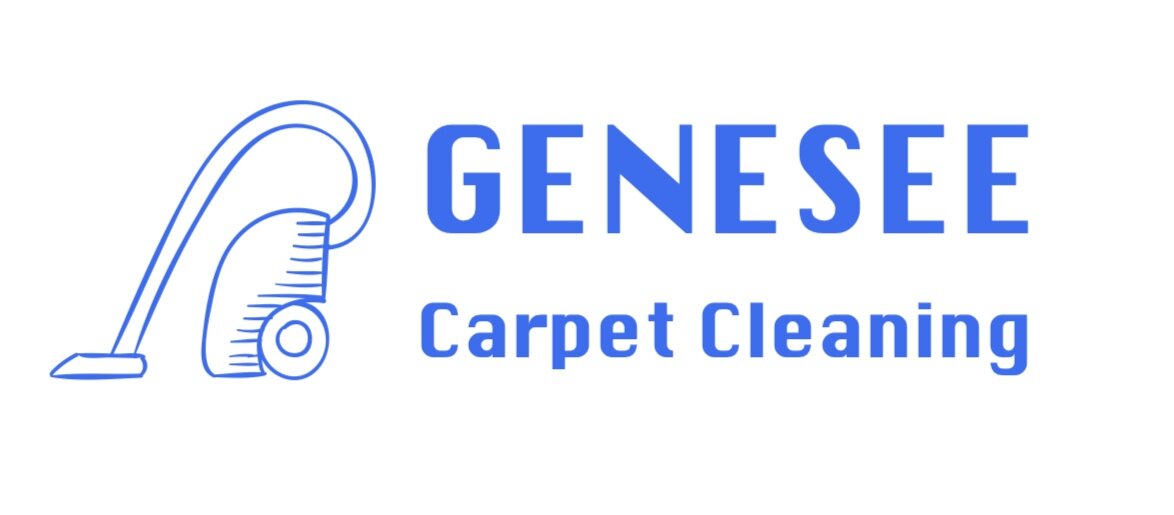Carpet Cleaning Methods
There are many questions surrounding the carpet cleaning industry. By understanding the types of carpet cleaning systems and their uses, you are better able to choose the right carpet cleaning company and avoid bad experiences.
Shampoo
Usually applied with a rotary scrubbing machine with a brush and tank on it, shampoo is obsolete when it comes to carpet cleaning. In years past, shampoo was used to a great extent, but often came with residue problems. These days, shampoo is used in conjunction with hot water extraction, if at all. It may also be used for oriental rugs.
Bonnet Cleaning
Bonnet cleaning utilizes a rotatory machine with a pad on it. The carpet and pad are moistened, and the whirling pad absorbs soil as it creates friction to help release soil in the carpet. Bonnet cleanind should be considered strictly for maintenance cleaning, and it should be noted that bonnet cleaning is frowned upon by some carpet manufacturers. A leading franchise uses a form of bonnet cleaning and calls it dry-cleaning. Maximum soil removal and flushing action needed on spots cannot occur with bonnet cleaning.
Dry Cleaning
There are several ways to perform dry cleaning, although none are really dry. Each operates with some level of moisture or solvent. Dry cleaning should really be called “low moisture cleaning”. Dry cleaning is limited in its ability to remove soil and should be used for maintenance cleaning only. While it is possible to get a nice job if it is performed by a well-trained technician, there is no comparison to thorough hot water extraction. Many commercial facilities used this low moisture method as an interim cleaning process to maintain carpet appearances. However, periodic, deep, hot-water extraction is needed to flush out accumulating soil and cleaning solutions from the unseen base of the carpet.
Types of Carpet Dry Cleaning
The types of carpet dry cleaning are:
Chem-Dry – Chem-dry is really bonnet cleaning, described above.
Dry-Foam – A thick foam is created, sometimes even heated, and brushed through the carpet pile as it is vacuumed up.
Encapsulation or Absorbent Compound Cleaning – An absorbent compound is applied to the carpeting and worked through the pile dissolving soil and simultaneously absorbing it. Like the two low moisture methods above, this method lacks the ability to fully reach the base of the carpet, the inside fibers of a looped carpet, or to rinse, flush, and recover embedded soil, liquid contaminates, and 100% of the compound.
Encapsulation cleaning is an interim carpet cleaning method that can offer superior results compared to other methods. Encapping involves using a special encapsulating cleaner that features polymers to encapsulate and crystallize stains and dirt for immediate vacuuming. These polymers act like small sponges. The crystals absorb and hold dirt and soil to be vacuumed out, leaving no sticky residue and providing a deep clean. Encapping is recommended for interim cleaning between regularly scheduled deep cleaning with hot water extraction.
Steam Cleaning and Hot Water Extraction
Hot water extraction is often referred to as steam cleaning, but the truth is that they are two different cleaning processes. Make sure you understand which method your cleaning company is using. True hot water extraction is the preferred method, and many carpet companies who advertise steam cleaning actually use hot water extraction.
Steam Cleaning
As its name implies, steam cleaning uses actual steam to clean the carpets and upholstery. Steam cleaning may kill germs and reduce allergens but it is not the best way to remove soil and stains since there’s no rinsing of the fibers.
Hot Water Extraction
The main difference between steam cleaning carpets and hot water extraction is the temperature used during the process. Hot water extraction requires water just hot enough to clean effectively and deeply. It is often called steam cleaning since there may some visible steam during hot water extraction cleaning, but the steam is a by-product and not used for the actual carpet cleaning.
Carpet manufacturers typically recommend hot water extraction. Lower temperatures reduce shrinking and other potential damage to natural fiber carpets and rugs. Additionally, hot water extraction treats and removes stains whereas steam cleaning may actually cause stains to set in permanently.
There are different variations to extraction cleaning, but all involve a water-based solution flushed through the carpet pile and extracted by a self-contained vacuum.
Portable Hot Water Extraction – Portable hot extraction units have lower water pressure and generally do not provide the thorough flushing action that truck mounted units do, therefore they require more extensive preparation and finishing. Also, most portable systems cannot produce the amount of heat needed to maximum soil removal.
Truck Mounted Hot Water Extraction – Truckmounts are powerful units mounted in a truck or van. Since they are powered by their own or the truck’s engine, they are much more powerful than electric powered portable machines. The heated cleaning solution is injected into the fibers and then gets extracted back out and into the recovery tank on the truck.
Truck-Mounted Hot Water Extraction is the number one rated cleaning method by all the major carpet manufacturers.
